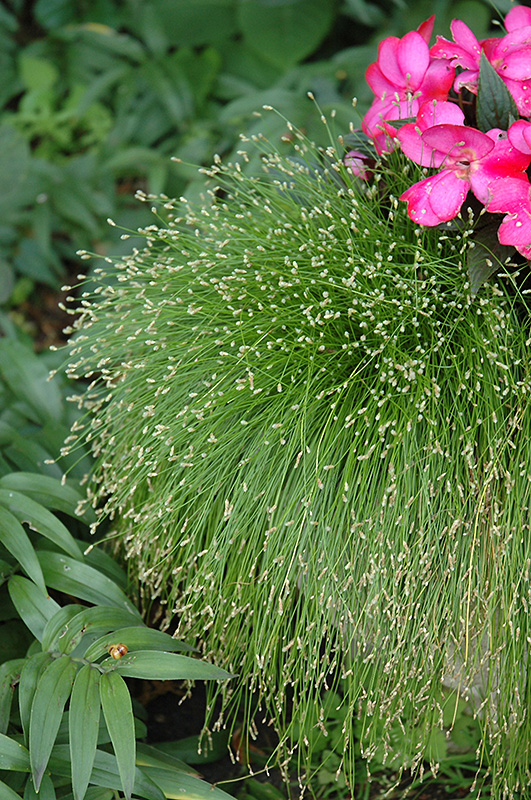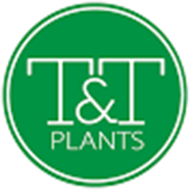Height: 12 inches
Spacing: 15 inches
Sunlight:
![]()
![]()
Other Names: Live Wire Grass
Description:
This interesting plant lookes like a rush but it is a sedge, a beautiful mounded form with tiny silver flowers on the end resembling fiber optics; provides an interesting fine texture for indoor containers; needs consistently moist soil
Features & Attributes
Fiber Optic Grass is covered in stunning silver pea-like flowers at the ends of the stems from early summer to mid fall. Its tiny threadlike leaves emerge light green, turning green in colour throughout the year.
This is an herbaceous houseplant with a shapely form and gracefully arching foliage. Its extremely fine and delicate texture is quite ornamental and should be used to full effect. This plant may benefit from an occasional pruning to look its best.
Planting & Growing
When grown indoors, Fiber Optic Grass can be expected to grow to be about 12 inches tall at maturity, with a spread of 18 inches. It grows at a medium rate, and under ideal conditions can be expected to live for approximately 4 years. This houseplant will do well in a location that gets either direct or indirect sunlight, although it will usually require a more brightly-lit environment than what artificial indoor lighting alone can provide. It prefers to grow in moist to almost wet soil, and will even tolerate some standing water. As such, the surface of the soil should be kept consistently moist to the touch, and you can expect to water this plant two or more times each week, especially if it's growing in a lower-humidity environment. Be aware that your particular watering schedule may vary depending on its location in the room, the pot size, plant size and other conditions; if in doubt, ask one of our experts in the store for advice. It is not particular as to soil type or pH; an average potting soil should work just fine.
There are many factors that will affect the ultimate height, spread and overall performance of a plant when grown indoors; among them, the size of the pot it's growing in, the amount of light it receives, watering frequency, the pruning regimen and repotting schedule. Use the information described here as a guideline only; individual performance can and will vary. Please contact the store to speak with one of our experts if you are interested in further details concerning recommendations on pot size, watering, pruning, repotting, etc.
-- THIS IS A HOUSEPLANT AND IS NOT MEANT TO SURVIVE THE WINTER OUTDOORS IN OUR CLIMATE --







